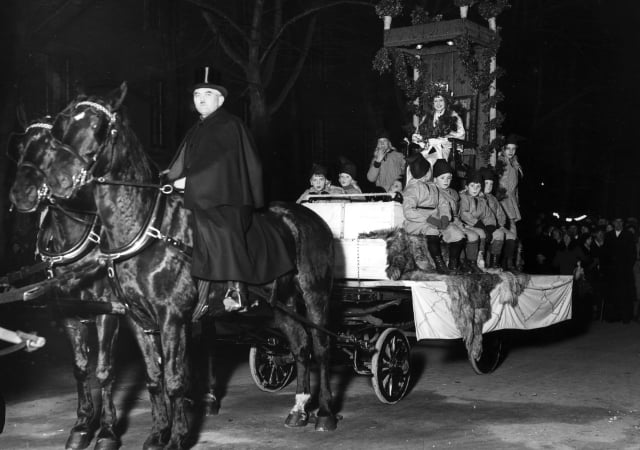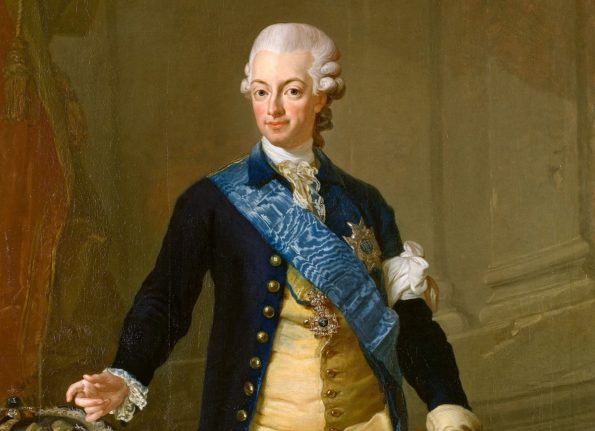Behind the calm serenity, twinkling candlelight, and hauntingly beautiful music of a traditional Swedish Lucia procession is a far more complex and varied history than many people may realise. And though the procession may seem like an ancient tradition, it is actually a relatively modern practice that replaced centuries of more hedonistic traditions.
At the centre of this history is, of course, Saint Lucia, a 4th century Italian martyr whose feast day falls on December 13th. In Sweden, she has long been a bearer of light on what was, under the old Julian calendar, the longest night of the year. According to Lena Kättström Höök, curator at Stockholm’s Nordiska Museet, in her book, Lucia i nytt ljus, Lucia day has been recognised on the Swedish calendar since the 1100s.
Once in Sweden, however, the Catholic tradition of Saint Lucia was blended with both Nordic paganism and Scandinavian interpretations of the Bible. According to each of these traditions, there was a darker side to the name Lucia and December 13th.

Lusse is an old Swedish form of ljus (light) that is connected etymologically with both Lucia and Lucifer, a fallen angel whose name later became synonymous with Satan. In Sweden, this connection between the Lucia tradition and Satan is furthered through the Nordic tradition of the Biblical creation myth, in which another Lucia was Adam’s first wife who illicitly cavorted with Satan.
In an article for Nätverket, a journal published by Uppsala University, ethnologist Katarina Ek-Nilsson explained how these traditions contributed to making Lucia day something completely different to what we know today: “The Lucia tradition is also a ‘lusse’ tradition that is linked to the night before Lucia day. This was a dangerous night when evil forces were about and evil creatures played their pranks against those who dared to go out. Some wise men announced that you never celebrated Lucia because you did not want to celebrate ‘the evil’.”
The evil creatures, known by names like lussegubben (Lucia fellow) and lussekärring (Lucia old woman), did actually exist. That is, as Ek-Nilsson explained, they existed in the form of young people who dressed themselves up in wild and frightening costumes or in the clothes of the opposite sex and spent the night going door-to-door singing raucous songs and begging for food and drinks.
This exuberant tradition survived in some form for centuries, lingering until the early 1900s, when it was effectively replaced by the wide acceptance of the more “civilised” tradition of the Lucia procession.



 Please whitelist us to continue reading.
Please whitelist us to continue reading.
Member comments